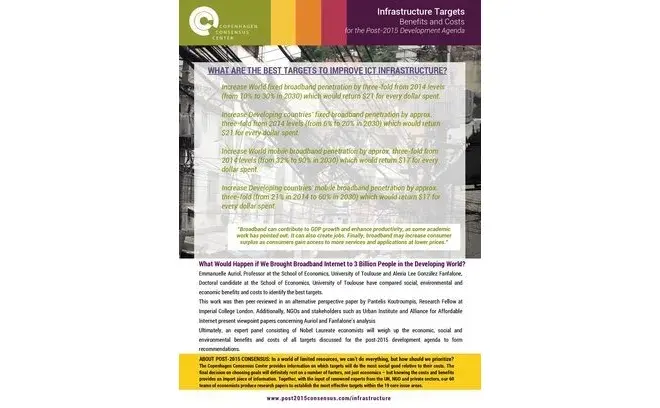Infrastructure
Within the focus area of ICT infrastructure goals the target that has the best benefit-cost ratio (robust to both methodologies of assessing benefits) is:
- Increase mobile broadband penetration around three-fold in developing regions of the world which would return $17 for every dollar spent.
We also believe, given the economic tradeoffs, the following are valuable targets within this focus area:
- Increase Global Fixed broadband penetration around three-fold which would return $21 for every dollar spent
- And if, universal broadband penetration goals are to be considered, we believe that mobile broadband seems the most cost effective solution which would return $15 for every dollar spent (and $29 according to the second methodology for benefits calculation).
Our analysis shows that the following targets are relatively ineffective or there is large uncertainty in the benefit-cost ratio:
- Universal Fixed Broadband coverage by the year 2030 which would return $5 for every dollar spent.
- And, given the vague wording, “Significantly increase access to ICT and strive to provide universal and affordable access to Internet in LDCs by 2020” (UN 2014, Outcome Document of the Open Working Group on Sustainable Development Goals).
Scroll down to read our set of reports examining infrastructure targets for the post-2015 development agenda, written by leading economists and experts.
Assessment Paper
Emmanuelle Auriol and Alexia Lee González Fanfalone, University of Toulouse, examine the costs and benefits of increased global broadband coverage. The paper shows that aiming to triple coverage of mobile broadband in developing countries - an extra 3 billion subscribers respectively – is an effective target that will spur economic activity with estimated benefits of $22 trillion over 15 years . However, this eye-catching number does not come without significant investment – at $1.3 trillion to 2030 it is clear that private sector investment, not to mention stable policy and regulatory environments, are needed to meet this promise.
Besides representing an important sector, ICTs have an impact on economic growth and have strategic spillover effects on other sectors by creating jobs and fostering innovation."
- Emmanuelle Auriol and Alexia Lee González Fanfalone
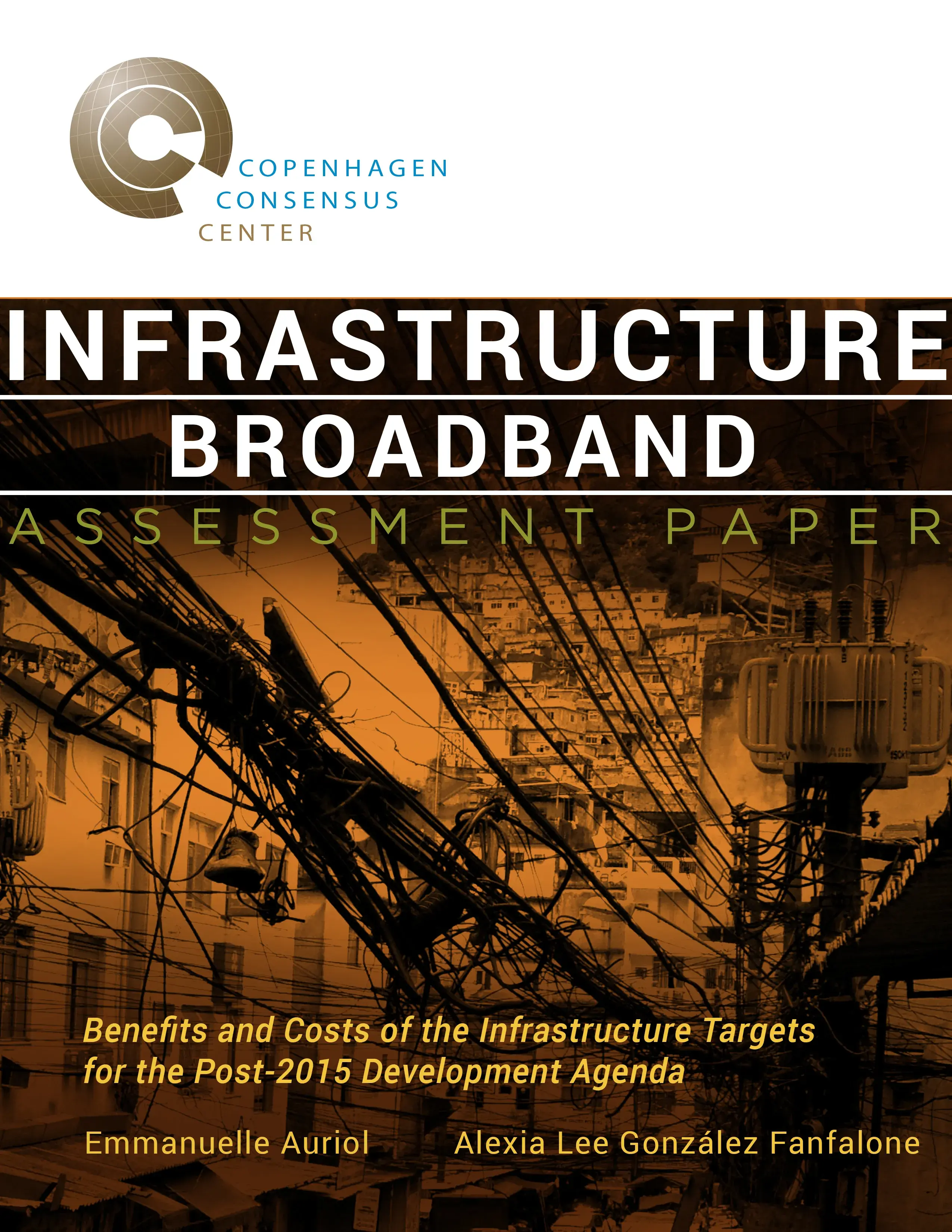
Perspective Paper
Pantelis Koutroumpis, Research Fellow at the Imperial College London, is generally supportive of the assessment paper noting that it is a credible effort to analyze a complex problem, and agreeing that the focus on broadband indicators is valid. To complement the assessment paper, Koutroumpis analyses the situation in 48 Least Developed Countries (LDCs) noting that only 6.7% of 900 million people in LDCs are internet subscribers. It is in LDCs where the greatest potential, and also the greatest challenges, of increasing broadband coverage lie.
The developing world has generally experienced higher adoption rates of prepaid mobile phone services. A reasonable next step would need to highlight a transition strategy from mobile voice to broadband."
- Pantelis Koutroumpis
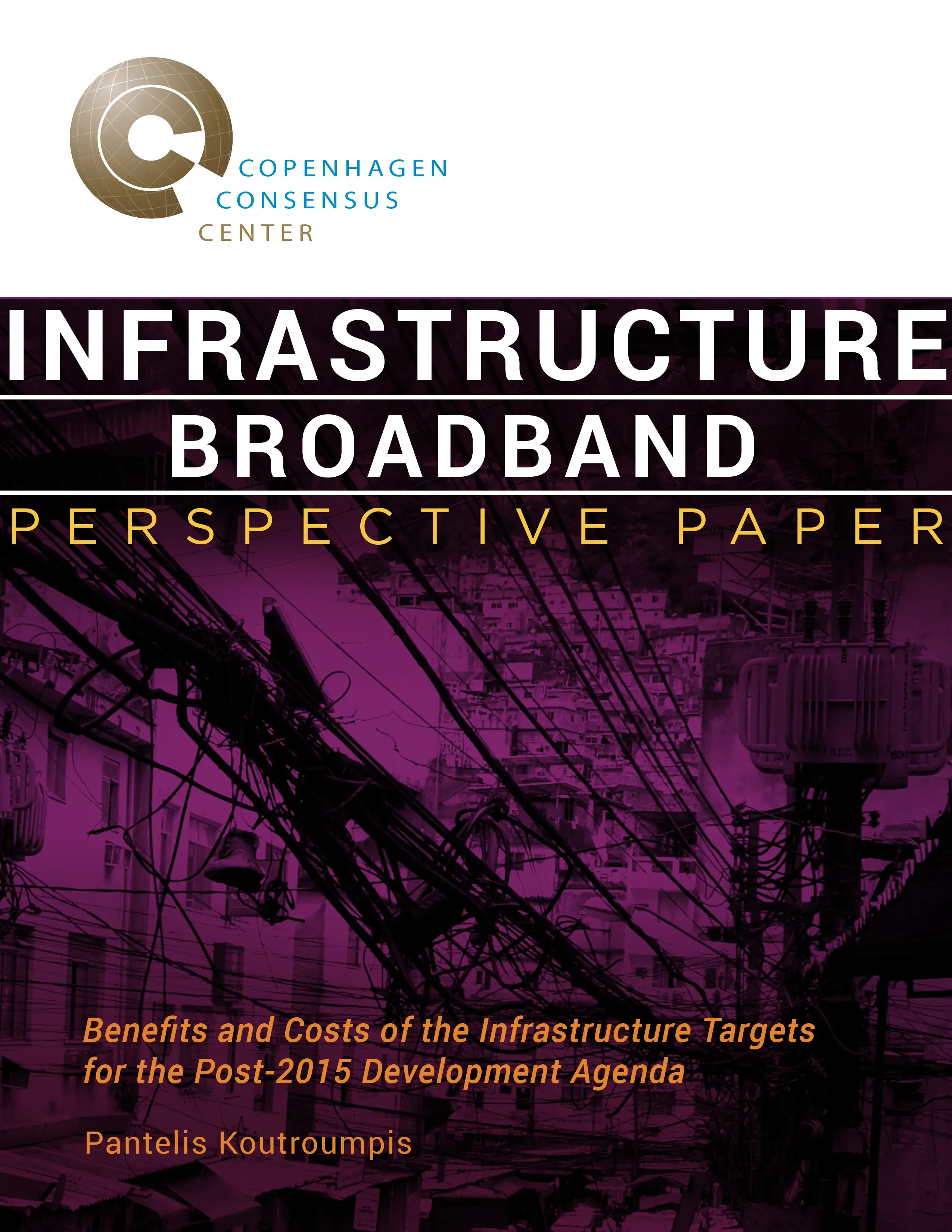
Viewpoint Paper
The Alliance for Affordable Internet welcomes Auriol and Fanfalone’s paper as a great addition to a growing body of literature on the benefits of ICT development. Specifically, the organization commends the work to provide research of the cost effectiveness of broadband deployment for economic development. The viewpoint paper seeks to add a policy implementation perspective to the analysis done in the main paper by drawing on the coalition’s extensive experience and work to drive down the cost of broadband access through policy and regulatory action.
The above experiences, together with the analysis provided in the Auriol-Fanfalone paper, form the basis for the dialogue on the role of ICT and broadband to realize the Sustainable Development Goals (SDGs), a dialogue that needs to start with the understanding that broadband is the 21st century platform for growth and development.
– Alliance for Affordable Internet
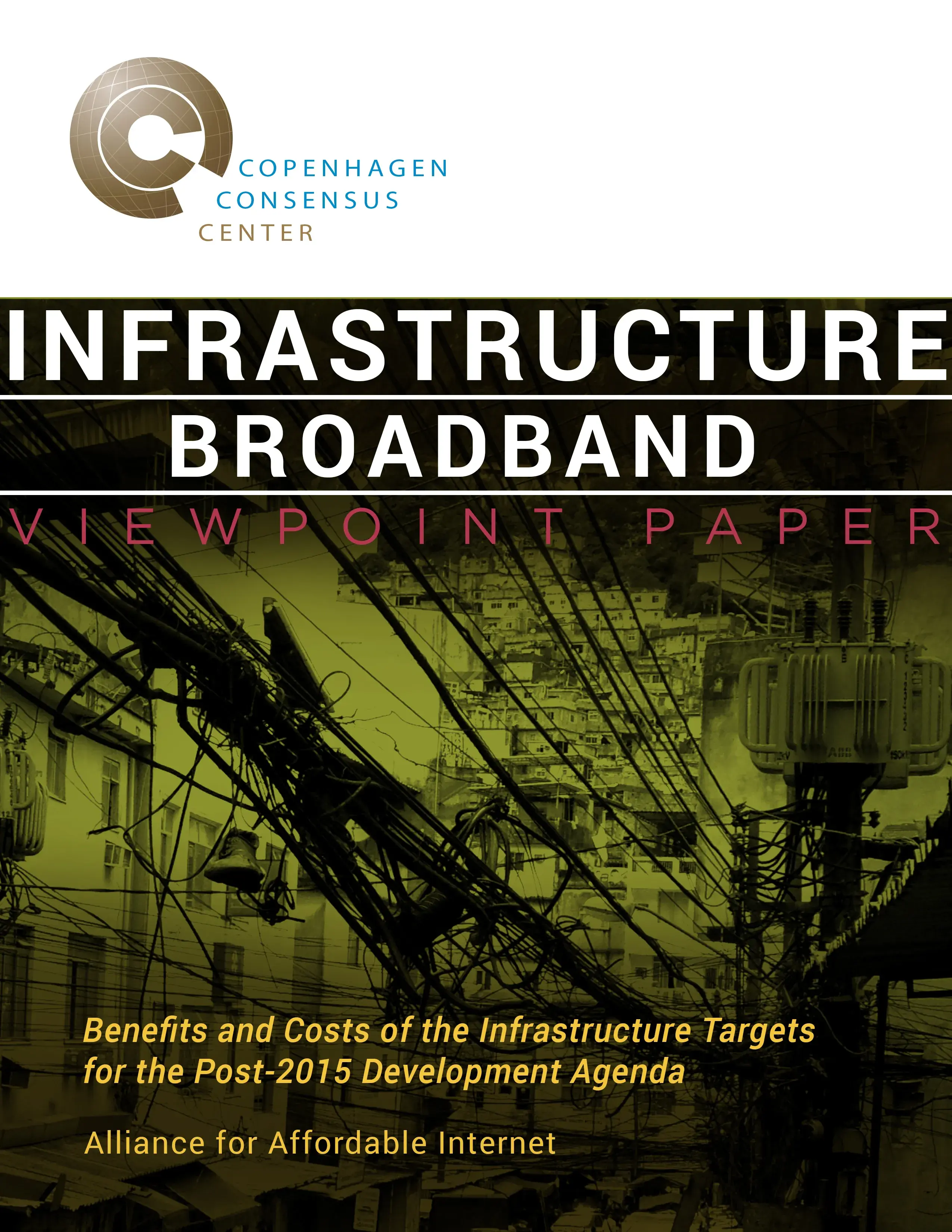
Viewpoint Paper
Charles Cadwell, Director, Urban Institute Center on International Development and Governance, contributes a stand alone viewpoint that, while supportive of the inclusion of infrastructure within a post-2015 agenda, outlines the challenges of setting meaningful targets. Using the example of transport, Cadwell highlights instances where targets could yield competing priorities, without clear resolution. For example, using private sector financing to build more roads, would also likely diminish other aims such as affordability and accessibility. He suggests that a target on reducing road deaths might be a useful metric for measuring the overall quality of transport infrastructure.
If one had a metric such as road deaths… it could serve as a clearer focal point for local stakeholders to measure their own government’s effectiveness and summarize important infrastructure progress at the same time"
- Charles Cadwell
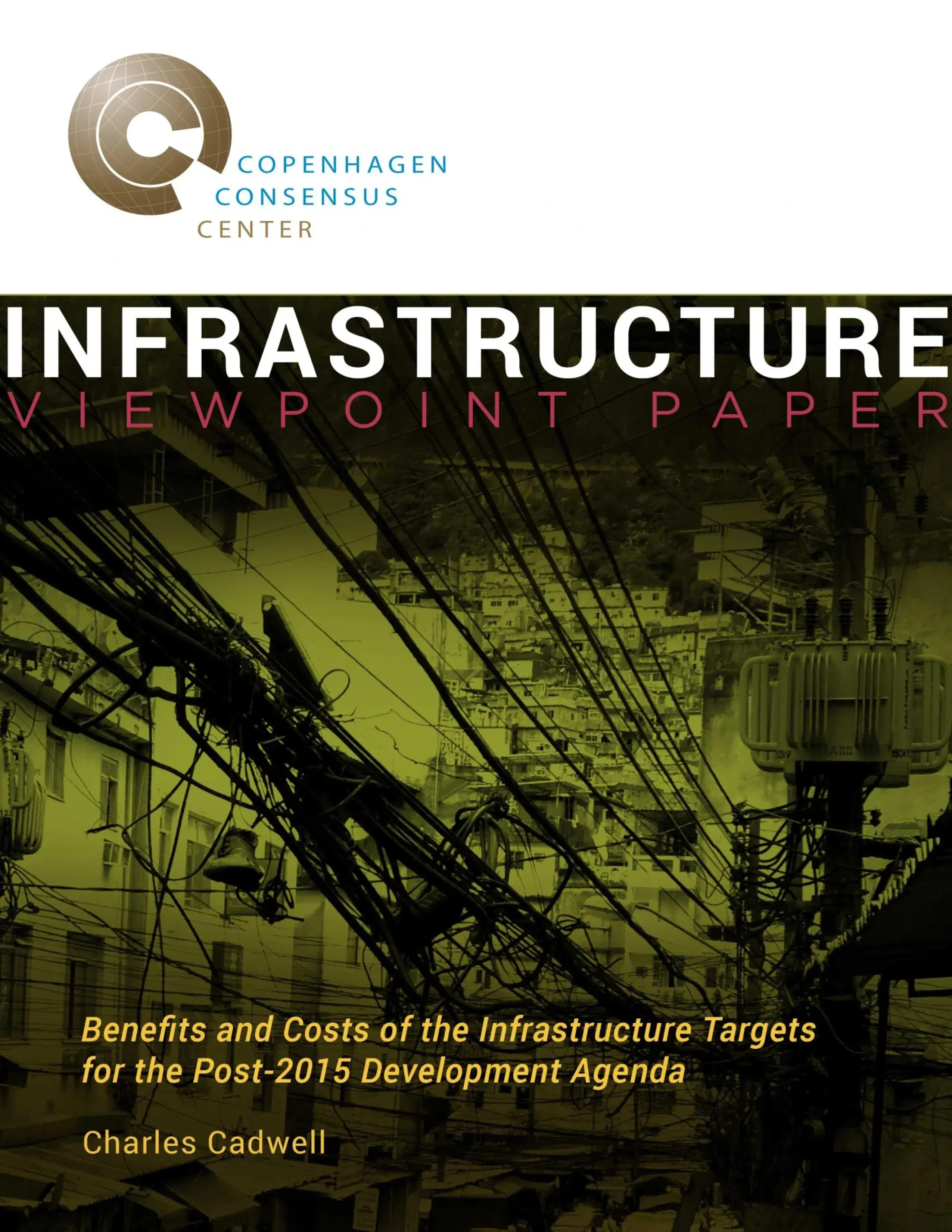
More Infrastructure Research
Interested in more infrastructure research?
For an analysis of the effect of roads, rail and electricity infrastructure on post-harvest losses see our series on Food Security and Nutrition.
For an examination of the costs and benefits of improved electrical infrastructure, see our series on Energy.
For a brief discussion on water infrastructure, read our series on Water and Sanitation.

The Post-2015 Consensus project brings together 60 teams of economists with NGOs, international agencies and businesses to identify the targets with the greatest benefit-to-cost ratio for the UN's post-2015 development goals.





